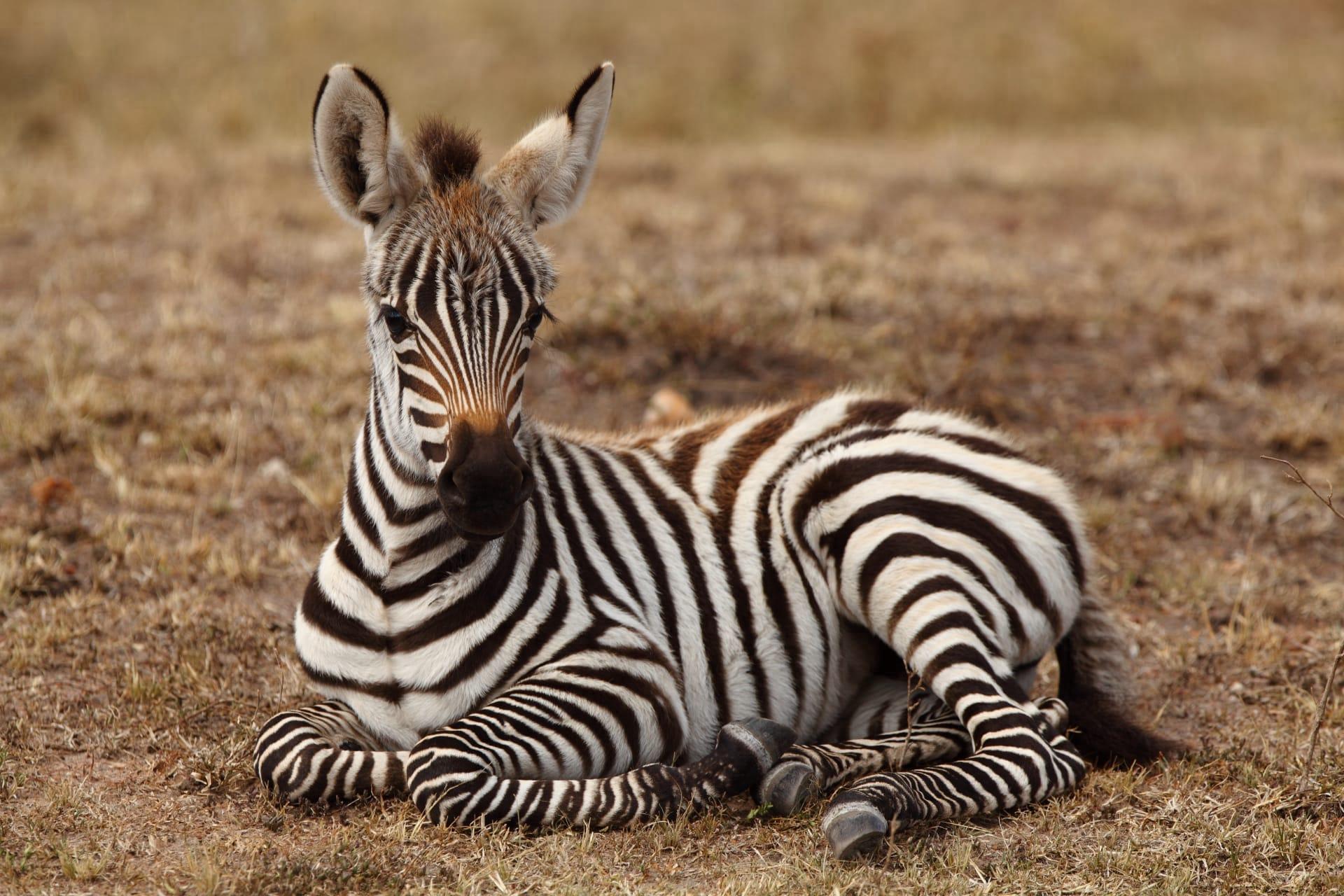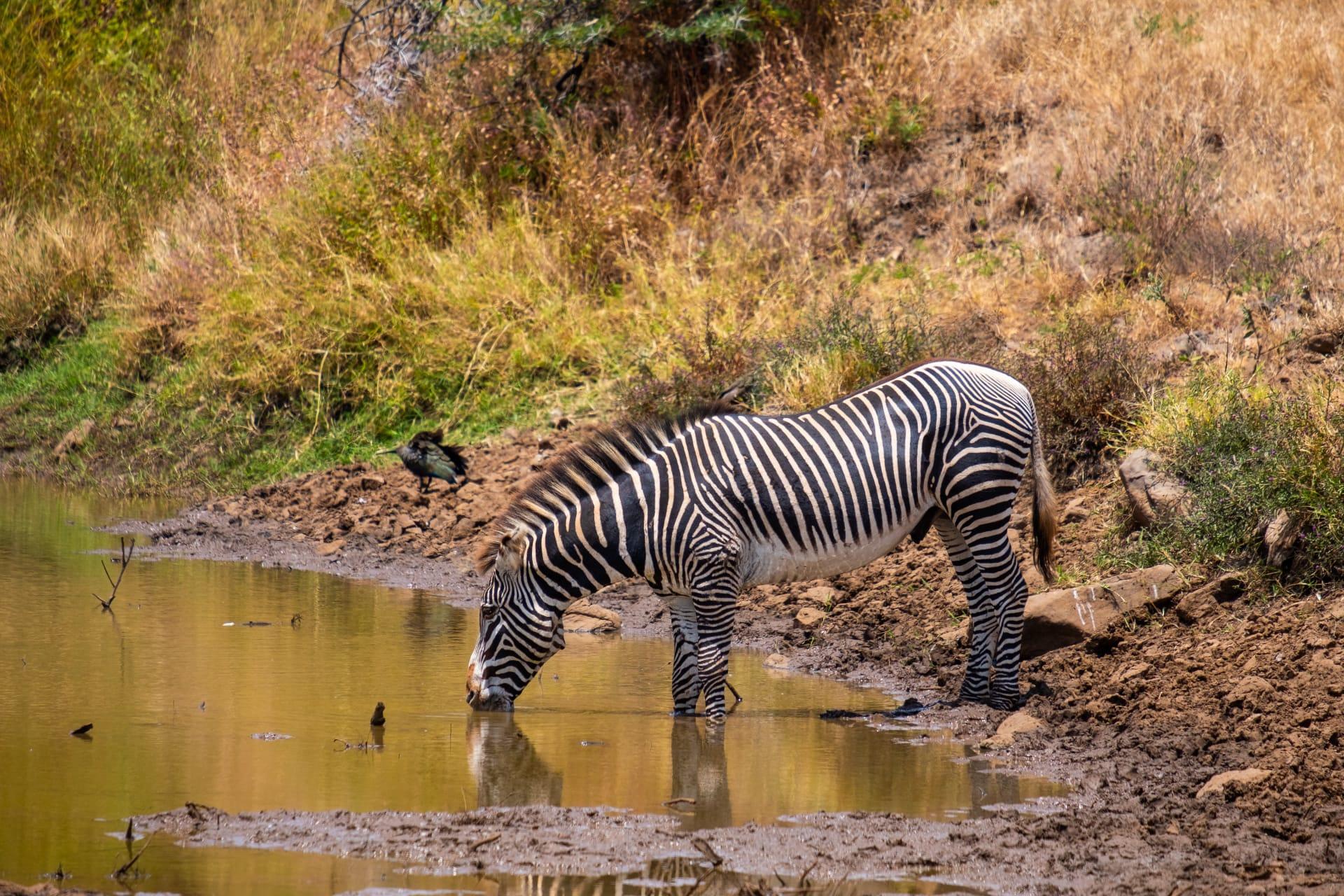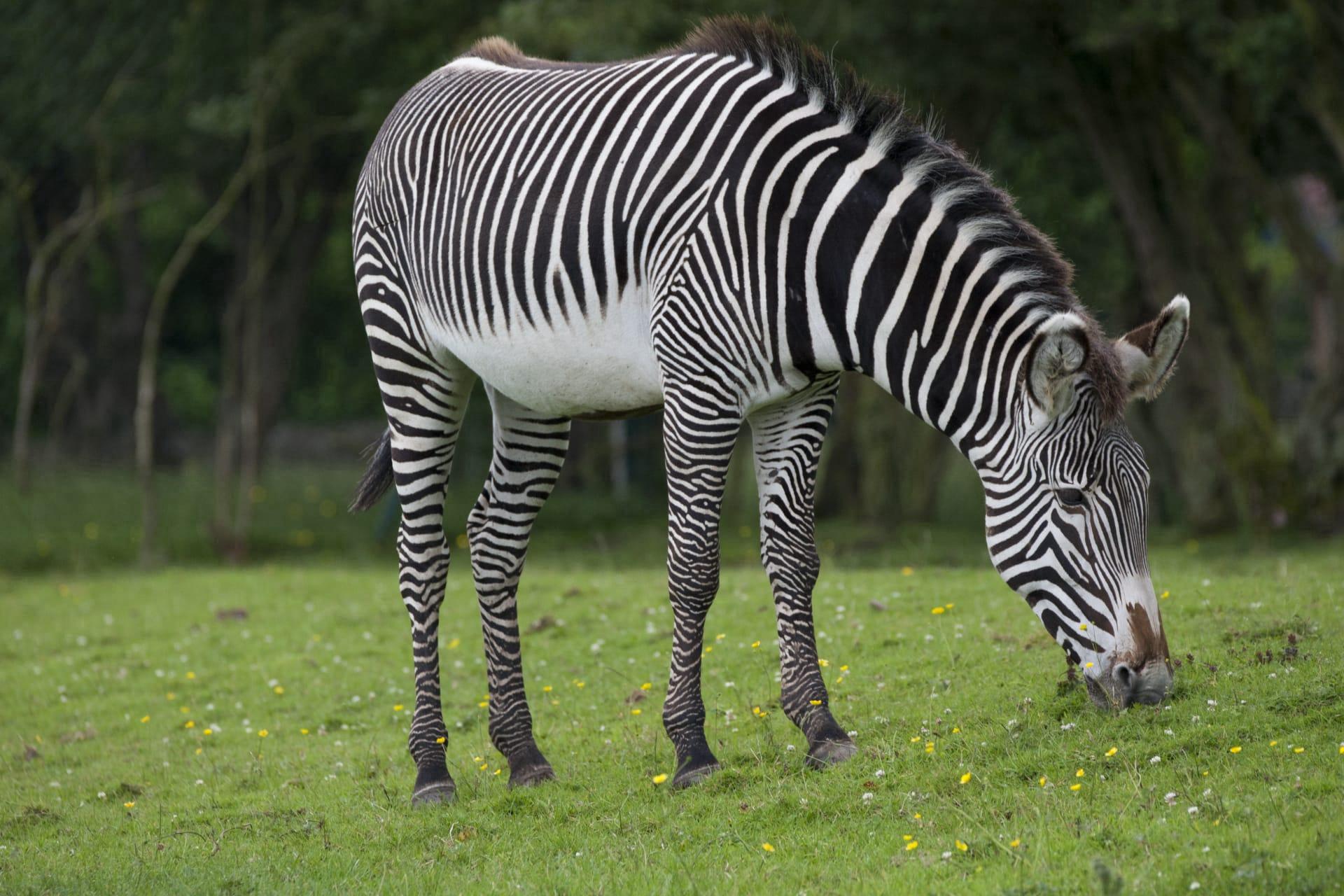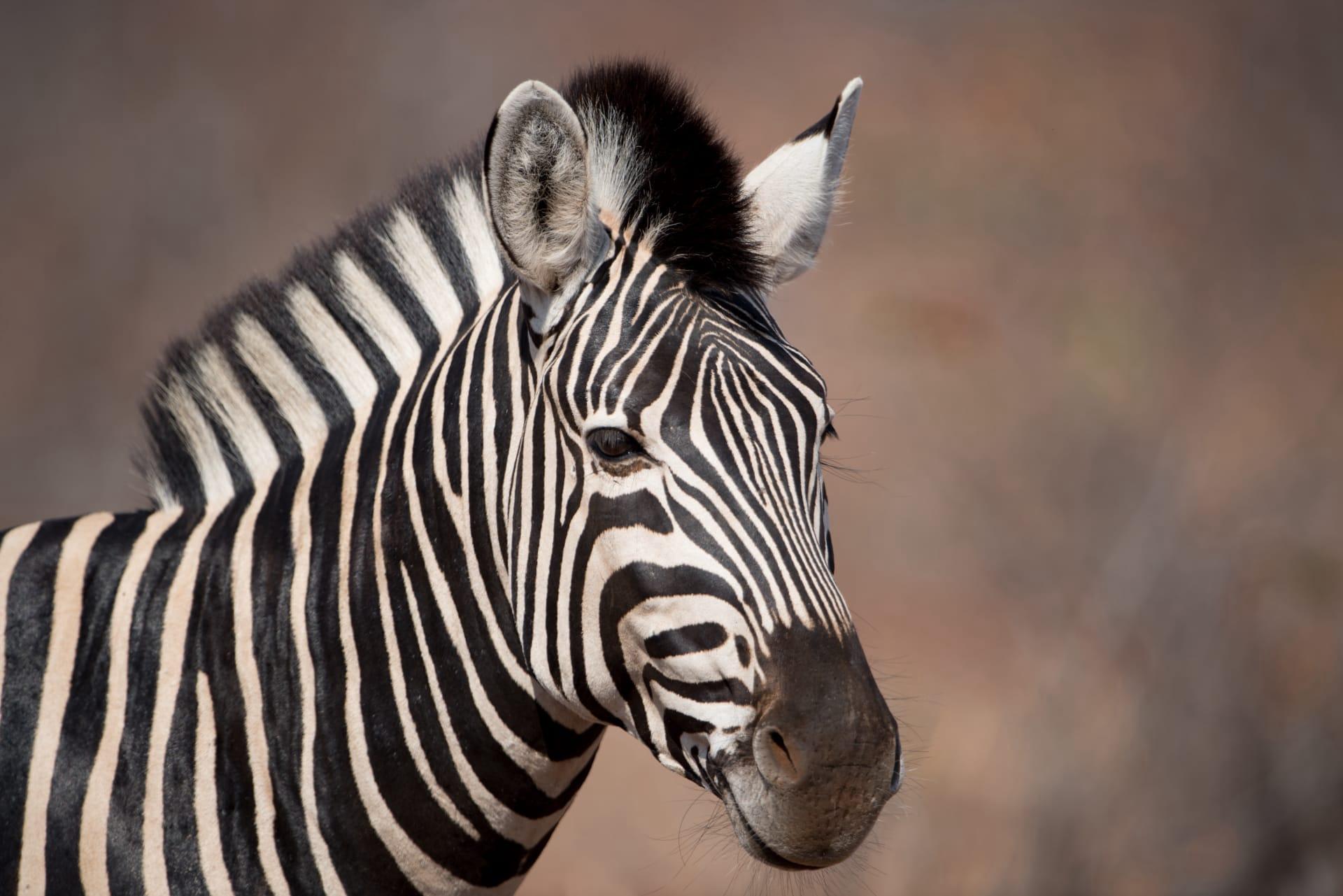Zebra
- Home /
- Mini Encyclopedia /
- Animal /
- Zebra
1
Zebra species are divided into three main types: Plains zebra, Mountain zebra, and Grevy's zebra. Plains zebras are the most common, characterized by broad stripes that fade to gray, known as "shadow stripes." They are smaller than their cousins and have a mane that continues into a tuft at the tail base. Mountain zebras, found in South Africa and Namibia, are larger, with narrower stripes and a distinctive gridiron pattern on their rumps. The rarest, Grevy's zebras, are the largest and most robust, with narrow, close-set stripes and a white, unstriped belly.
Zebras inhabit various habitats across Africa. Plains zebras are widespread, found in the savannas of East and Southern Africa, from Sudan and Ethiopia through East Africa to as far south as Botswana and South Africa. Mountain zebras prefer mountainous and hilly habitats in South West Africa, particularly in Namibia and South Africa. The Grevy's zebra has a more restricted range, mainly in Northern Kenya, with small isolated populations in Ethiopia.

2
Question: Do zebras have white stripes on black skin or black stripes on white skin?
Answer: Zebras have black skin underneath their stripes. This fact often surprises many as their fur appears predominantly white with black stripes. Scientific examination reveals that the zebra's base skin color is black. The stripes are a result of selective pigmentation where certain skin areas lack melanin, the pigment responsible for the black coloration. This unique pattern is crucial for temperature regulation and camouflage in their natural habitat.

3
Zebras employ several strategies for survival. One notable tactic is their striped pattern, which is believed to help deter flies, a common pest in their environment. This pattern may create optical illusions that confuse both predators and biting insects. Additionally, zebras are highly social animals, living in groups called 'harems,' consisting of one stallion and several mares and their young. This social structure provides safety in numbers, as a group can alert each other of predators and defend collectively.
Another survival strategy is their grazing habits. Zebras are primarily grazers and can digest a wide range of vegetation, including tough grasses unsuitable for other herbivores. This ability allows them to survive in harsh environments where food sources are limited. Their migratory behavior, moving to areas with more abundant food and water, also plays a crucial role in their survival.

4
In their ecosystems, zebras play a significant role in maintaining balance. As grazers, they aid in controlling the growth of grasses, which helps prevent bushfires by reducing dry grassland. Their grazing also supports a mosaic of habitats, crucial for other species' survival. By keeping grasses short, zebras indirectly support smaller herbivores that require shorter grass for food.
Zebras also impact predator populations. They are prey for lions, hyenas, and wild dogs, and their presence in an area supports the survival of these predators. This predator-prey relationship is vital for the ecological balance. Additionally, their migratory patterns can influence the movement and behavior of other species, both predators and fellow herbivores, demonstrating their integral role in their ecosystems.

5
Film: "The Great Zebra Exodus" (2013, United States). This documentary, aired on PBS as part of the 'Nature' series, explores the challenging migration of a herd of zebras in Botswana. The film captures the struggles and triumphs of these zebras as they undertake their yearly journey to the Okavango Delta in search of water and fresh grazing.
Book: "Zebra Stripes" by Tim Caro (2016, United States). This book delves into the fascinating science behind the zebra's iconic stripes. Written by wildlife biologist Tim Caro, it explores various hypotheses about the function of these stripes, drawing from extensive field research and scientific analysis.
Book: "Behemoth: The History of the Elephant in America" by Ronald B. Tobias (2013, United States). While primarily about elephants, this book offers intriguing insights into the lives of other exotic animals, including zebras, brought to America. It covers their journey, the challenges they faced, and their impact on American culture and wildlife.